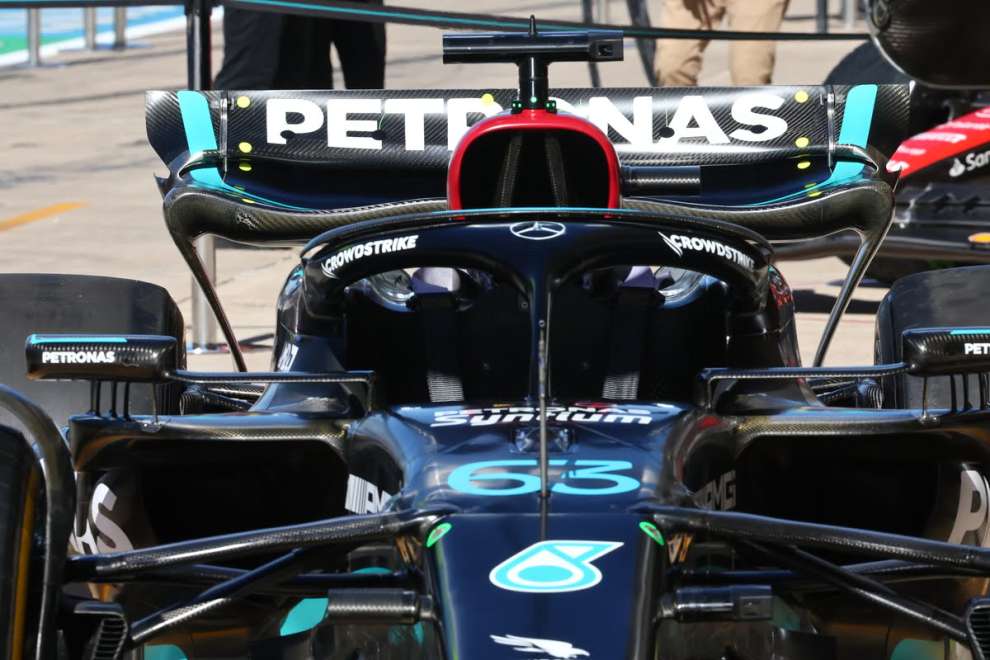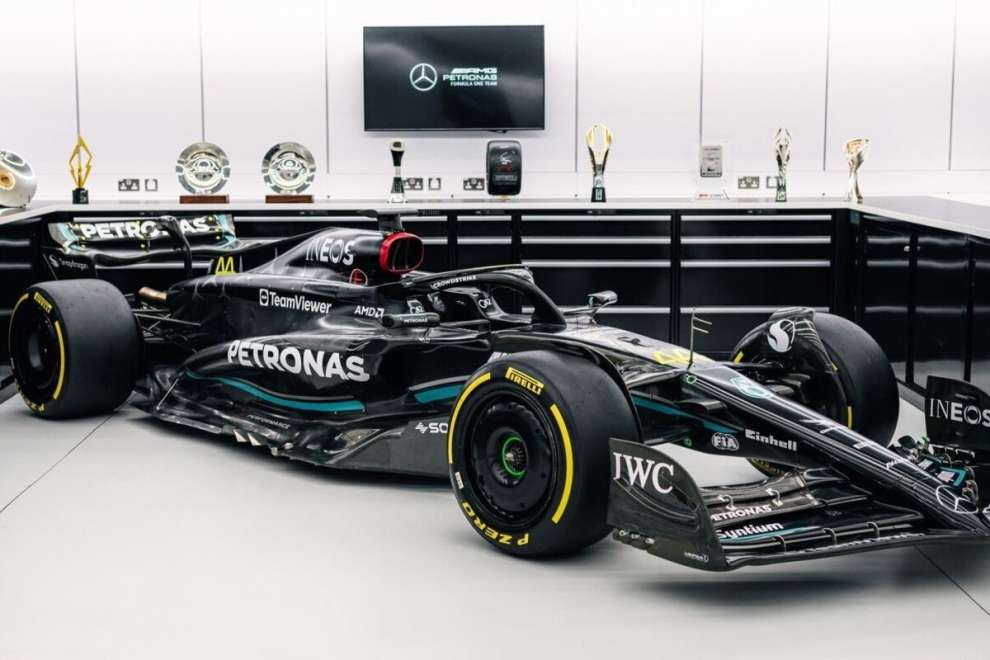By Carlo Platella
Together with Ferrari, Mercedes is the car from which the biggest revolution is expected in 2024. The narrow-bellied approach has already been abandoned since the last Monte Carlo Grand Prix, but the renewal of the project goes deeper than the simple car body. The W15 will be different because the decision-making methods are changing first and foremost, with a correction to the CFD simulation techniques, which until now were considered incorrect.
The concept
The previous Mercedes technical director, Mike Elliott, maintained that the concept of a car did not lie in the shape of the sides, but in the way in which you want it to work on the track. James Allison also believes that the concept is ahead of the single-seater, but offers another point of view: “In the mind of a designer, in Formula 1 the concept has nothing to do with the car”, explains the British engineer to Sky Sports F1 UK. “It's the process of deciding what you think is good and what's not. It's the method of filtering the countless solutions you could put in the car and only finding the ones you really think can improve your lap time. It's a methodology. The machine itself is only the result.”
The W15 will be nothing other than the result of the new concept, intended as a different decision-making and simulation method. The experiences of the last two years, in fact, have led Mercedes to correct the setting of the CFD aerodynamic simulations. Allison explains: “When you talk to us about the concept, what we hear is: 'Do you think the system you use in the wind tunnel isn't right?'. We've already changed it. Our way of meshing the CFD was wrong and we changed the concept.”
How CFDs change
The few words of the Mercedes technical director contain an important revelation. In the context of CFD (computerized aerodynamic simulations), the volume of air surrounding the car is discretized, i.e. divided into smaller volumes, which together constitute the mesh. The simulation software solves the fluid dynamics equations in each of these elements, and then returns an overall result.
Depending on your needs, the mesh can be defined with elements of different shapes and types, such as tetrahedrons, pyramids, cubes, prisms and more. Each element type has its own characteristics, but in general, the smaller the volumes, the more accurate the results tend to be. The choice of parameters, however, requires a compromise, as a finer mesh requires more time and more processors to solve the simulation, resources limited by sporting regulationslike the hours in the wind tunnel.
For this reason, in a CFD simulation the mesh is not homogeneous, but varies in volumes and shapes depending on the areas of interest, based on the experience of whoever sets up the model and what you want to analyse. The same model, in fact, can generate very different results depending on the mesh with which it is simulated. At Mercedes we have questioned the accuracy of the simulation techniques used so far, wondering how much they have impacted performance in recent years.

New shapes for the W15
At Brackley a better understanding of the physical phenomena at play with ground effect was gained. In addition to porpoising, which was initially not budgeted for by almost any team, another example is represented by the importance of transients. With current cars, in fact, it is not only the aerodynamic behavior that is important at the various positions in relation to the ground, but also during the movements of transition from one to the other.
Andrew Showlin, head of track engineers at Mercedes, explained this in the summer: “With the old regulations, which we had a good understanding of, there was no need to study the car in the same dynamic sense. Dand you determined how it behaved at a certain roll angle, steering angle or certain heights from the ground and in doing so you captured everything that happened. Now, however, the flow structures under the machine are much more complicated and transitory.”

The new Mercedes concept consists of a better understanding of the phenomena at play, which has led to setting up the CFD simulations differently, in order to move the lens and analyze specific aerodynamic aspects. Changing study priorities also changes the decision-making process, of which the W15 will be the result. Allison concludes: “The last two years have certainly pushed us to correct our approach and our method, our concept if we want to call it that. As a result of this, at the other extreme the resulting physical machine it will necessarily be differentbecause it is defined through different decisions, with a different weighting of what is important and what is not”.
#Mercedes #W15 #Allison #explains #concept